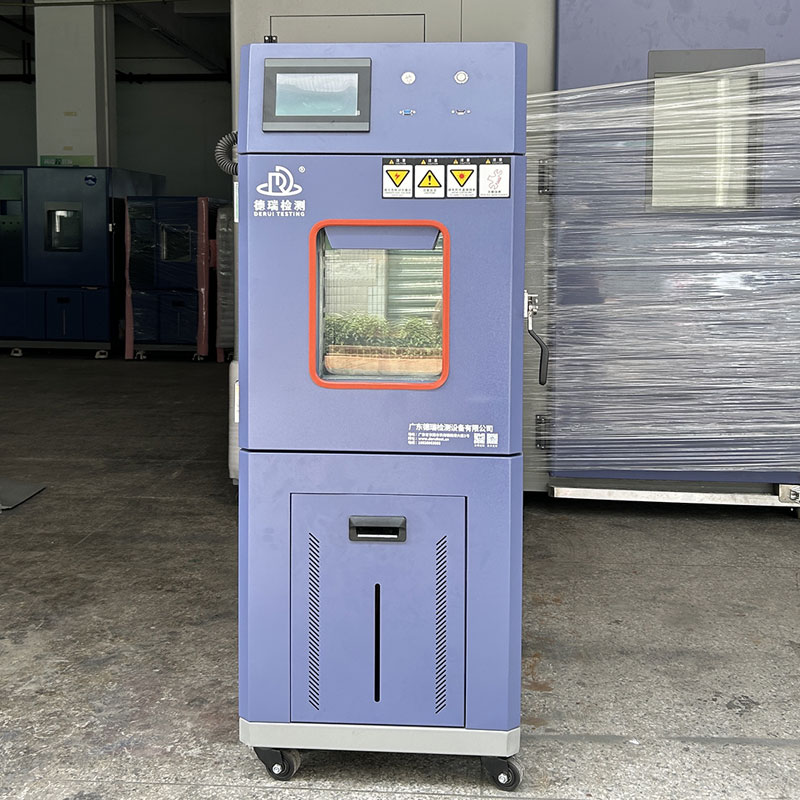
Small Humidity Chamber Manufacturer Custom Solutions Available
28000.0 INR/Unit
Product Details:
X
Small Humidity Chamber Manufacturer Custom Solutions Available Price And Quantity
- 28000.0 INR/Unit
- 1 Unit
Small Humidity Chamber Manufacturer Custom Solutions Available Trade Information
- Cash in Advance (CID)
- 100 Unit Per Month
- 10 Days
- All India
Product Description
Humidity and Temperature Stability Chambers: Functions, Features, and Key Considerations
Humidity and temperature stability chambers are precision instruments designed to replicate controlled environmental conditions for testing the durability, performance, and longevity of materials, components, and products. Widely used in industries such as pharmaceuticals, electronics, automotive, and aerospace, these chambers ensure compliance with global standards while simulating real-world stressors. Below is a detailed overview of their functions, technical features, and critical considerations for optimal use.
Core Functions
1.
Climate Simulation
Temperature Control: Operate across a broad range, typically -70C to +180C, to test thermal resilience in extreme environments (e.g., Arctic cold or desert heat).
Humidity Control: Maintain precise relative humidity (RH) levels from 5% to 98%, enabling tests for moisture absorption, condensation resistance, and material expansion.
2.
Cyclic Testing
Execute programmable temperature and humidity cycles (e.g., diurnal shifts, seasonal changes) to evaluate product behavior under dynamic conditions.
3.
Stability Studies
Conduct long-term stability tests for pharmaceuticals, biologics, and chemicals under ICH guidelines (e.g., 25C/60% RH or 40C/75% RH).
4.
Accelerated Aging
Simulate years of environmental exposure in weeks to predict product lifespan and failure modes.
5.
Material Validation
Test polymers, composites, metals, and adhesives for thermal expansion, warping, or corrosion under controlled humidity.
Product Specifications
| Internal Dimension (W*H*D) | 400*500*500mm | 500*500*600mm | 500*750*600mm | 600*850*800mm | 1000*1000*800mm | |
| External Dimension (sus Type) (W*H*D) | 950*1400*1100mm | 1100*1500*1100mm | 1100*1670*1200mm | 1200*1770*1400mm | 1550*2100*1400mm | |
| External Dimension (paint Type) (W*H*D) | 700*1400*1100mm | 800*1500*1100mm | 800*1670*1200mm | 900*1770*1400mm | 1550*2100*1400mm | |
| Temperature | -20/-40/-70 | |||||
| Total Power (KW) | 4.5/4.5/6.5 | 5/5/6.5 | 9.5/9.5/11.6 | 9.5/9.5/11.6 | 17/17/21.5 | |
| Maximum Current (A) | 25/25/32 | 32/32/40 | 25/32/40 | 32 | 50/50/60 | |
| Voltage (A) | Sigle Phase 220V | Three Phase 380V | ||||
| Performane | Temp.& Humi. Adjust Way | Balanced temperature and humidity control (BTHC) PID intelligent adjustment | ||||
| Temperature Range | -20,-40,-70~150 | |||||
| Temperature Accuracy | 0.01 | |||||
| Temperature Tolerance | 1.02.0 | |||||
| Temperature Fluctuations | 0.5 without load and temperature stable | |||||
| Temperature Uniformity | 1.5 without loading, 50mmSENSOR | |||||
| Humidity Range | 20%-98%RH | |||||
| Humidity Accuracy | 0.1%RH | |||||
| Humidity Tolerance | 1 75%RH3%RH 2 75%RH 6%RH | |||||
| Humidity Fluctuations | 2.5%RH | |||||
| Heating Rate | 3/min in average | |||||
| Cooling Rate | 1/min in average | |||||
| Regulator | Cooling Method | Single stage compression, two stage compression | ||||
| Refrigerator | Hermertically Sealed France Tecumseh Compressor or Semi-hermetic BOcK Compressor | |||||
| Cooling Method | Air-cooled | |||||
| Controller | Operation Panel | Programmable LCD Touch Screen | ||||
| Running Mode | Fix Running, Pattern Running | |||||
| Program Memory Capacity | 120 Group Programmable, Max 100 Section Each | |||||
| Output | Rs-232 (USB,Optional) | |||||
| Water Sup | Water Supply | Circulating Water | ||||
| Water Tank Capacity | Chamber Internal Capacity < 800L: 25L X 1pc | |||||
| Chamber Internal Capacity > 800L: 25LX 2pc | ||||||
Key Technical Features
1.
Precision and Uniformity
Achieve temperature stability within 0.3C and humidity uniformity of 1.5% RH across the chamber workspace, ensuring repeatable results.
2.
Rapid Transition Rates
High-performance models support temperature ramp rates up to 15C/min for thermal shock testing.
3.
Durable Construction
Stainless steel interiors with corrosion-resistant coatings withstand harsh conditions, including salt spray and chemical exposure.
Double-sealed doors and heated viewing windows prevent condensation and maintain visibility.
4.
Advanced Control Systems
Intuitive touchscreen interfaces with pre-programmed test profiles (e.g., MIL-STD-810, IEC 60068).
Real-time data logging and export options (CSV, PDF) for compliance reporting.
5.
Energy Efficiency
Eco-friendly designs incorporate heat recovery systems and low-GWP refrigerants to reduce operational costs.
6.
Compliance Certifications
Meet ISO 17025 (calibration), ASTM E41 (material testing), and FDA 21 CFR Part 11 (data integrity) requirements.
Critical Considerations for Users
1.
Calibration and Maintenance
Schedule annual calibrations using NIST-traceable standards to ensure accuracy.
Regularly clean humidity sensors and replace air filters to prevent contamination.
2.
Chamber Sizing
Select a chamber size (benchtop, reach-in, or walk-in) based on sample volume and test requirements. Overloading can compromise airflow uniformity.
3.
Environmental Compatibility
Ensure the chambers electrical specifications (voltage, phase) align with local infrastructure.
Provide adequate ventilation to dissipate heat generated during high-temperature tests.
4.
Safety Protocols
Use chambers with fail-safes like over-temperature protection and automatic shutdown for flammable material testing.
Train operators on emergency procedures for power outages or system malfunctions.
5.
Standard Compliance
Verify that the chamber meets industry-specific standards (e.g., ICH Q1A for pharmaceuticals, JEDEC JESD22 for semiconductors).
6.
Customization Needs
For specialized applications (e.g., altitude simulation, UV exposure), opt for modular designs that allow future upgrades.
Industrial Applications
Pharmaceuticals: Accelerated stability testing for drugs and vaccines.
Electronics: Moisture sensitivity testing (MSL) for semiconductors and PCBs.
Automotive: Validating EV battery performance under thermal cycling.
Aerospace: Stress-testing composites and avionics in extreme climates.
Tell us about your requirement

Price:
Quantity
Select Unit
- 50
- 100
- 200
- 250
- 500
- 1000+
Additional detail
Mobile number
Email



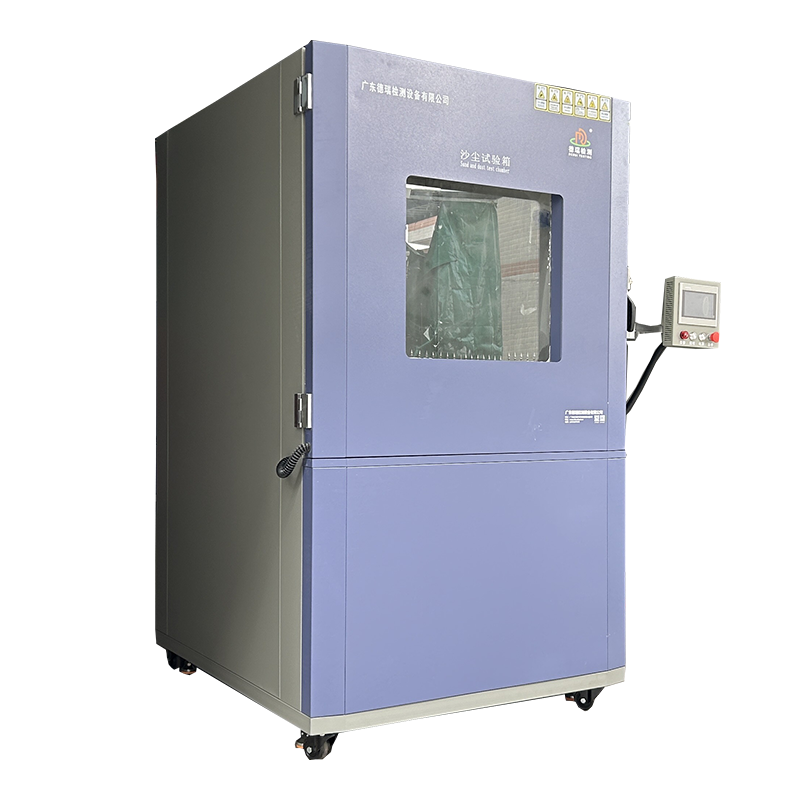
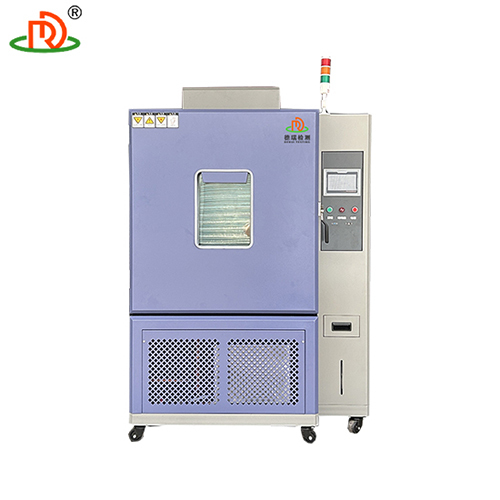
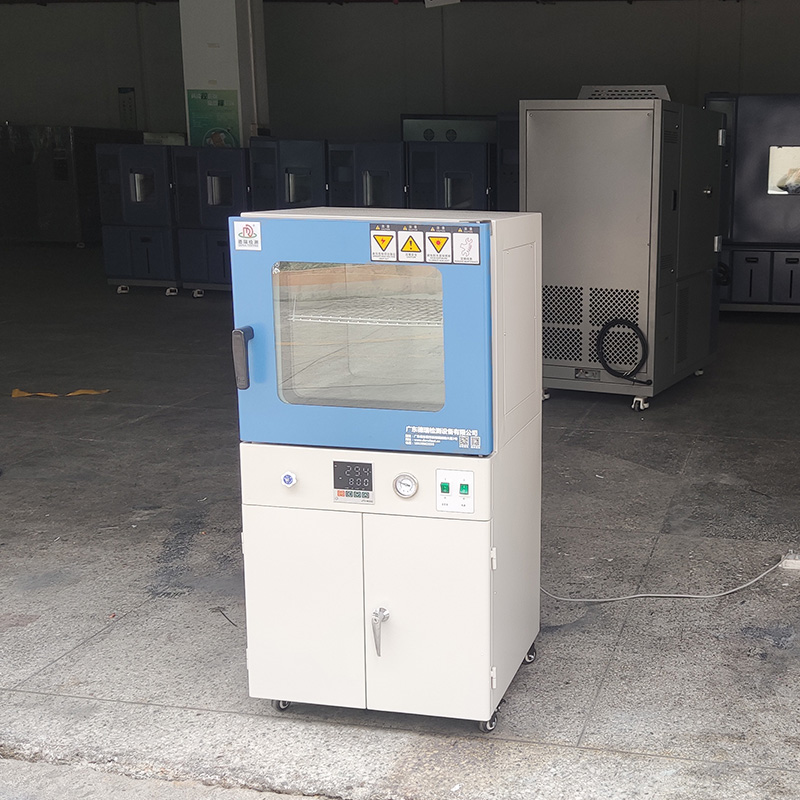
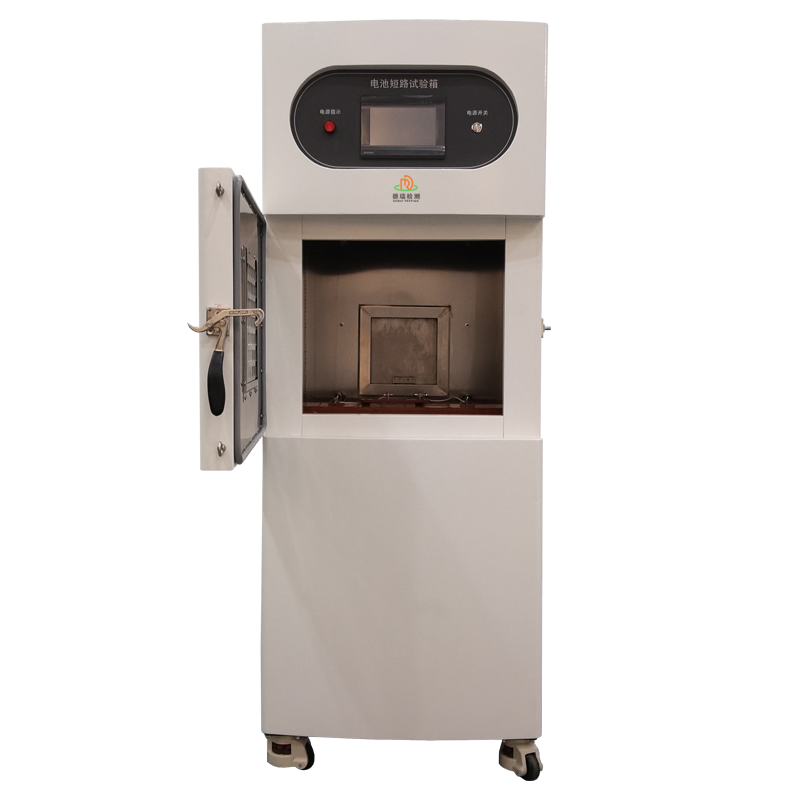

 English
English Spanish
Spanish French
French German
German Italian
Italian Chinese (Simplified)
Chinese (Simplified) Japanese
Japanese Korean
Korean Arabic
Arabic Portuguese
Portuguese